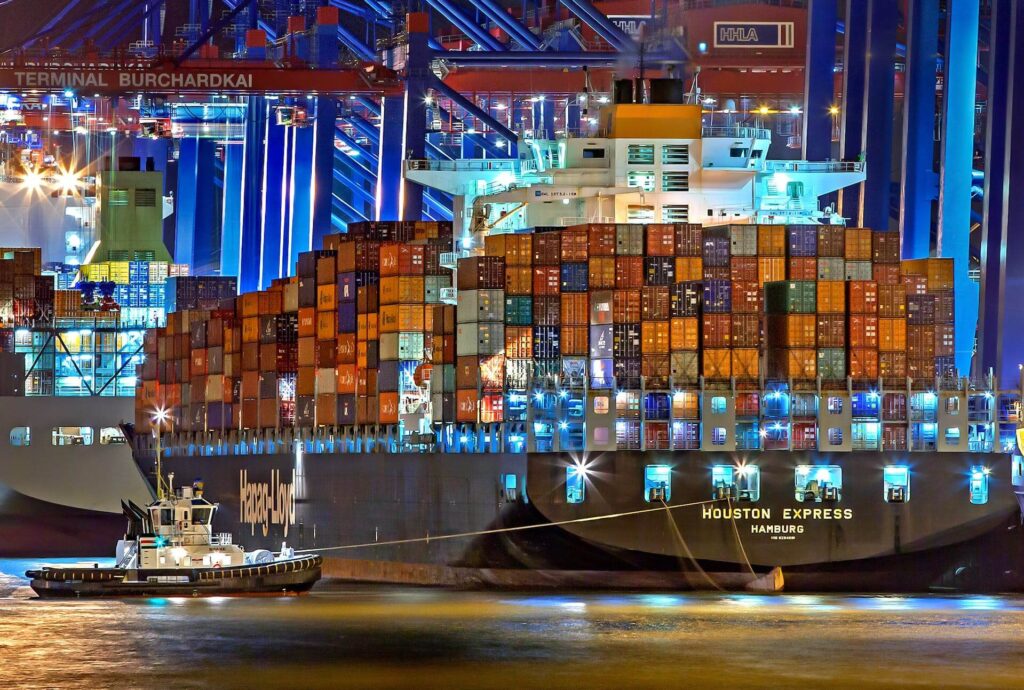The United States calculates trade deficits and surpluses by analyzing its balance of trade, which is the difference between the value of goods and services it exports to other countries and the value of goods and services it imports from those countries. This economic indicator is essential for understanding the overall health of a nation’s trade relationships and can have significant implications for its economy. Here’s how it works:

Trade Balance Calculation:
- Exports: The U.S. measures the total value of goods and services it sells to other countries. Exports include products like automobiles, machinery, agricultural goods, and services such as financial, technological, and educational services.
- Imports: The U.S. also calculates the total value of goods and services it purchases from other nations. Imports include items like electronics, apparel, oil, and various other goods and services.
- Trade Balance: To determine the trade balance, the value of exports is subtracted from the value of imports.
Trade Surplus and Deficit:
- Trade Surplus: When a country exports more in value than it imports, it has a trade surplus. This can be a positive economic indicator, as it suggests that the country is earning more from foreign markets than it is spending on foreign goods and services. A surplus can indicate economic strength and competitiveness.
- Trade Deficit: Conversely, when a country imports more in value than it exports, it has a trade deficit. This means that the country is spending more on foreign goods and services than it is earning from its exports. While a trade deficit can indicate strong consumer demand and economic growth, it is often a subject of debate and concern, as it implies a net outflow of funds to other countries.
Factors Influencing Trade Balance:
Several factors can influence the trade balance, including exchange rates, consumer preferences, government policies, and economic conditions. For example, a strong domestic currency can make exports more expensive, potentially leading to a trade deficit. Government policies like tariffs, subsidies, and trade agreements can also impact the balance of trade.
The trade balance is a critical economic metric, as it reflects a country’s economic health, competitiveness, and international trade relationships. A trade deficit can lead to concerns about job losses and economic vulnerability, while a trade surplus can suggest strength and export-driven economic growth. Policymakers, economists, and businesses closely monitor the trade balance to make informed decisions and assess the overall performance of the U.S. economy in the context of international trade.